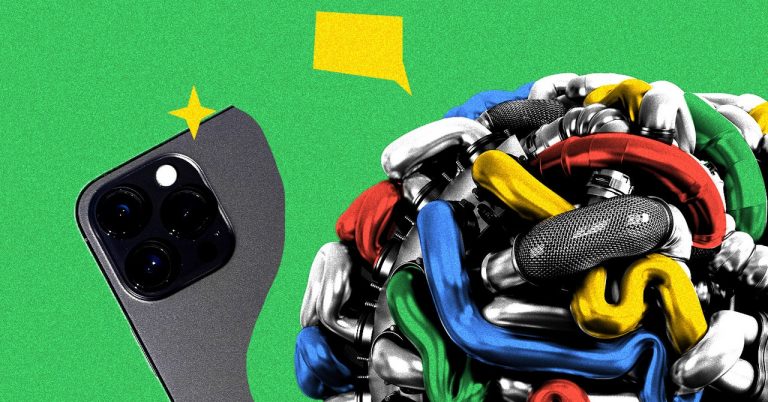Lena Anderson isn’t a soccer fan, but she does spend a lot of time ferrying her kids between soccer practices and competitive games.
“I may not pull out a foam finger and painted face, but soccer does have a place in my life,” says the soccer mom—who also happens to be completely made up. Anderson is a fictional personality played by artificial intelligence software like that powering ChatGPT.
Anderson doesn’t let her imaginary status get in the way of her opinions, though, and comes complete with a detailed backstory. In a wide-ranging conversation with a human interlocutor, the bot says that it has a 7-year-old son who is a fan of the New England Revolution and loves going to home games at Gillette Stadium in Massachusetts. Anderson claims to think the sport is a wonderful way for kids to stay active and make new friends.
In another conversation, two more AI characters, Jason Smith and Ashley Thompson, talk to one another about ways that Major League Soccer (MLS) might reach new audiences. Smith suggests a mobile app with an augmented reality feature showing different views of games. Thompson adds that the app could include “gamification” that lets players earn points as they watch.
The three bots are among scores of AI characters that have been developed by fantasy, a New York company that helps businesses such as LG, Ford, Spotify, and Google dream up and test new product ideas. Fantasy calls its bots synthetic humans and says they can help clients learn about audiences, think through product concepts, and even generate new ideas, like the soccer app.
“The technology is truly incredible,” says Cole Sletten, VP of digital experience at the MLS. “We’re already seeing huge value and this is just the beginning.”
Video: Fantasy
Fantasy uses the kind of machine learning technology that powers chatbots like OpenAI’s ChatGPT and Google’s Bard to create its synthetic humans. The company gives each agent dozens of characteristics drawn from ethnographic research on real people, feeding them into commercial large language models like OpenAI’s GPT and Anthropic’s Claude. Its agents can also be set up to have knowledge of existing product lines or businesses, so they can converse about a client’s offerings.
Video: Fantasy
Fantasy then creates focus groups of both synthetic humans and real people. The participants are given a topic or a product idea to discuss, and Fantasy and its client watch the chatter. BP, an oil and gas company, asked a swarm of 50 of Fantasy’s synthetic humans to discuss ideas for smart city projects. “We’ve gotten a really good trove of ideas,” says Roger Rohatgi, BP’s global head of design. “Whereas a human may get tired of answering questions or not wanting to answer that many ways, a synthetic human can keep going,” he says.
Peter Smart, chief experience officer at Fantasy, says that synthetic humans have produced novel ideas for clients, and prompted real humans included in their conversations to be more creative. “It is fascinating to see novelty—genuine novelty—come out of both sides of that equation—it’s incredibly interesting,” he says.
Video: Fantasy
Large language models are proving remarkably good at mirroring human behavior. Their algorithms are trained on huge amounts of text slurped from books, articles, websites like Reddit, and other sources—giving them the ability to mimic many kinds of social interaction.
When these bots adopt human personas, things can get weird.
Experts warn that anthropomorphizing AI is both potentially powerful and problematicbut that hasn’t stopped companies from trying it. Character.AI, for instance, lets users build chatbots that assume the personalities of real or imaginary individuals. The company has reportedly sought funding that would value it at around $5 billion.













+ There are no comments
Add yours